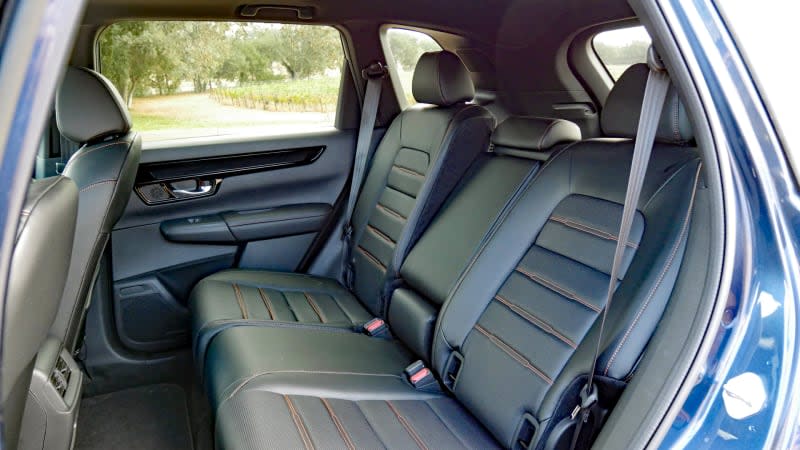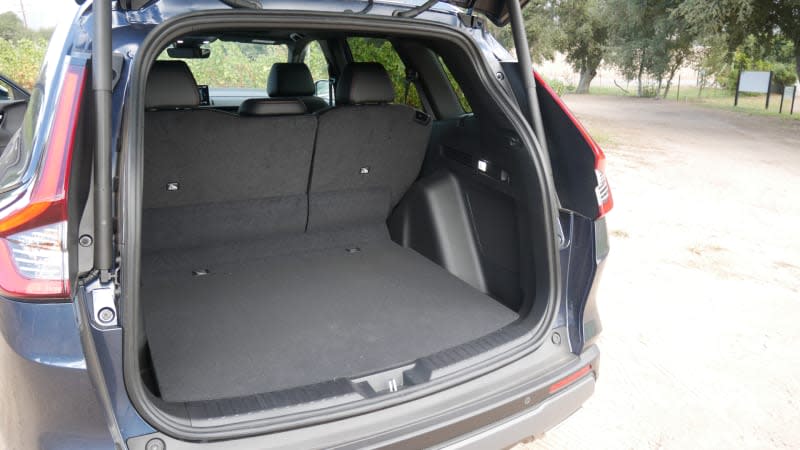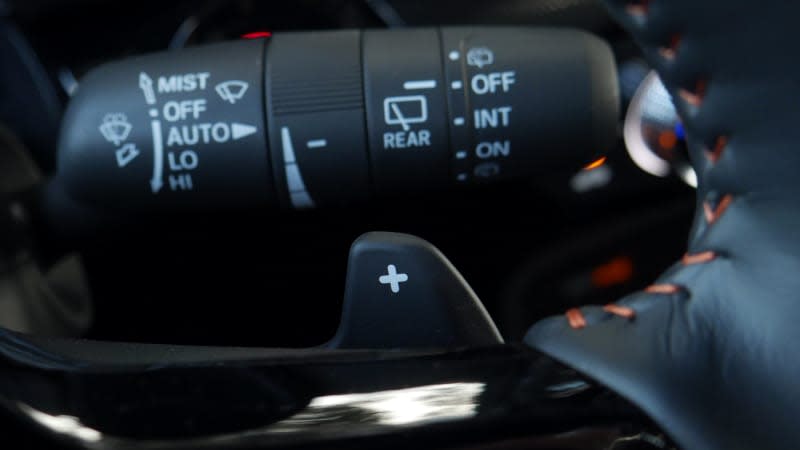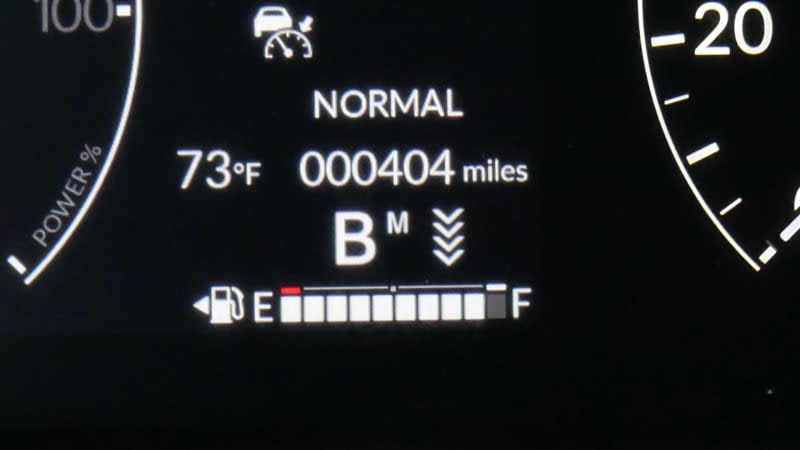2023 Honda CR-V Hybrid First Drive Review: The CR-V to get

SANTA BARBARA, Calif. — The 2023 Honda CR-V represents an all-new generation, and this time around it’s trying out something radically different: It’s actually trying to look good. Through five generations, Honda’s pioneering and best-selling compact SUV has checked off virtually every box in terms of practicality, making it difficult for shoppers to come up with an objective reason to say “no.” Subjectively, however, their designs have best been described as “utilitarian,” “anonymous” or, most recently, “ugly.” Most parents don’t buy their stroller or car seat on the basis of looks, why should a vehicular parenting tool like the CR-V be any different?
Being the best-selling compact SUV for every year of its existence would indicate that line of thinking is a popular one, but really, why can’t a CR-V also look good while still checking off all those practicality boxes? We’re happy to report that the answer turns out to be, “It can.” Styling will forever be subjective, but this generation is so much more cohesive and visually appealing than its blobby, sensible-shoes predecessor, it’s hard not to dwell on it. Especially when done up as the Sport trim levels now exclusive to the 2023 Honda CR-V hybrid, there is a clean sophistication to the design that harkens back to Honda’s ‘80s and ‘90s glory days. It may not be a Mazda CX-50, but there’s now a chance someone might actually choose a 2023 CR-V on the basis of how it looks. How about that?
And here’s the better news: There’s no tradeoff for those good looks. The CR-V is just as much of an uber-practical parenting tool as the vehicle it replaces. The back seat reclines to eight positions rather than two, and features 0.6 inches of extra space between the first and second rows thanks to an increased wheelbase, resulting in more room for legs and child seats. The latter also benefit from LATCH anchors no longer buried between the seatback and bottom – they instead reside in little plastic alcoves that couldn’t be easier to access. Unfortunately, the CR-V’s fifth lower LATCH anchor that allowed for easy center child seat placement has been removed, but that was an awfully rarely used feature.


The specs say that cargo area volume behind the back seat is effectively unchanged with this latest generation, which puts it just below the segment behemoths from Kia and Hyundai. We’ll have to wait for a good old-fashioned luggage test to see how that shakes out in terms of real-world stuff, but there are a few obvious cargo-related notes. Maximum cargo volume is now best-in-segment at 76.5 cubic-feet, but the back seat doesn’t fold flat. Also, capacity may be the same regardless of powertrain, but the turbo model’s spare tire is replaced by the battery pack in the hybrid. The Kia Sportage and Toyota RAV4 hybrids manage to keep their spares.
Besides that one tradeoff, however, the 2023 Honda CR-V is at its best as the hybrid, which we’re reviewing here for the first time. While the turbo base engine carries over virtually unchanged, the hybrid is new. That includes a new 2.0-liter inline-four, a larger traction motor and power generator, various refinements, and an increased combined output of 3 horsepower and 15 pound-feet of torque to 204 hp and 247 lb-ft. Now, keen observers will note that the ’22 CR-V Hybrid specs say it produced more horsepower, but that was achieved with a now-outdated International Organization of Standardization (ISO) horsepower measurement. Using the new measurement, the old CR-V Hybrid was indeed less powerful.
The biggest improvements to the hybrid powertrain cannot be found on a spreadsheet, however. To put it simply, it’s just better to drive. Honda engineers managed to simulate shifts when the gas engine kicks on, providing a more natural driving experience and eliminating the blender-like droning of the outgoing car. This makes the CR-V feel more like a Kia Sportage or Hyundai Tucson hybrid to drive than a still-droning Toyota RAV4 Hybrid, even though it remains a totally different hybrid powertrain than all of the above.
Once again, the CR-V’s hybrid powertrain almost exclusively relies on the electric motor to power the wheels – the engine is only directly connected when at a constant cruise to maximize efficiency, and to that end, a new, second reduction gear allows it to operate at higher speeds. Otherwise, the engine acts only as a generator, and considering there is no traditional transmission, it would be best for efficiency and acceleration for the engine to stay planted at a just-right RPM to keep electrons flowing to the motor. Trouble is, as already stated, it sounds terrible. Or, as CR-V chief engineer Koji Ito puts it, “not in sync with human feeling.”
So the new CR-V hybrid sounds like it’s changing gears, and the engine note even has a bit of that old-school Honda zing about it as it approaches 100 on the instrument panel’s power meter. The weird thing is, though, it never loses any momentum as a car typically would when changing gears since the engine isn’t actually connected to the wheels. The electric motor keeps churning and pulls energy from the battery in those split seconds when the engine “shifts.” Ito acknowledges there is a tiny fraction of acceleration and efficiency lost by doing so, but says the drivability benefit is worth it. We concur. Not only does this setup better its hybrid predecessor, it actually makes for a more pleasing acceleration experience than the base turbo engine and its still-droning traditional CVT. It’s not just the shifting, either. Everything about the hybrid powertrain is quieter and more refined.



 Yahoo Autos
Yahoo Autos 
